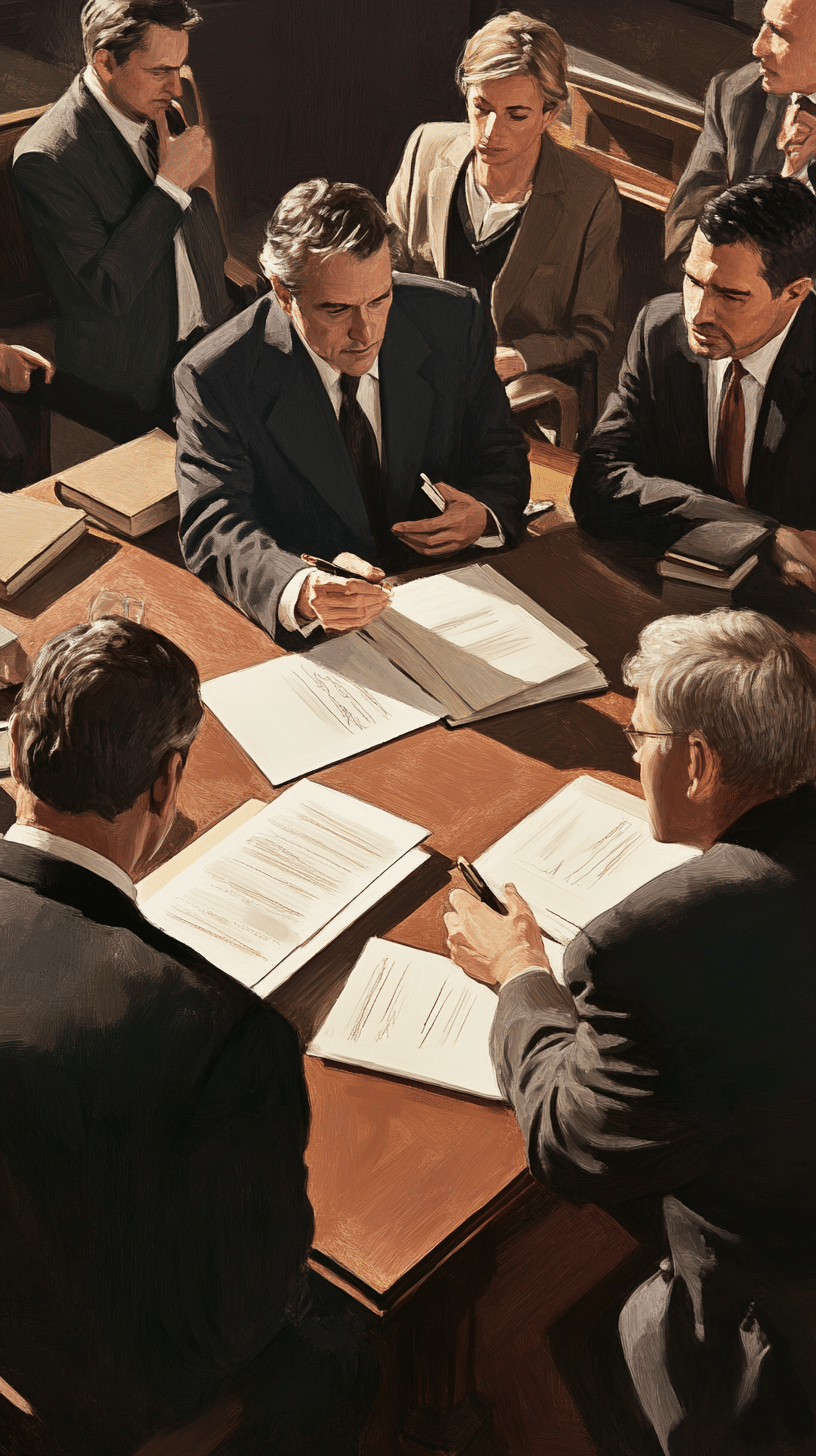Westchester Med. Ctr. v Government Employees Ins. Co., 2010 NY Slip Op 07331 (2d Dept. 2010)
Establishing a DWI defense to the payment of no-fault benefits is not an easy task. The insurance carrier is often forced to jump through many hurdles just to raise an issue of fact. It also used to be that demonstrating the fact that there was an accident and proof of intoxication was sufficient to warrant a trial on the underlying defense. This does not appear to be the case now.
“Since the defendant failed to submit any evidence whatsoever from which the circumstances of the accident could be ascertained, the nature of the accident is unknown, and, thus, the defendant’s evidence, while presenting a factual question as to whether the plaintiff’s assignor was operating a vehicle in an intoxicated condition, was insufficient by itself to raise a triable issue of fact as to whether the plaintiff’s assignor was injured as a result of operating a motor vehicle while in an intoxicated condition”
In Westchester Medical Center v. State Farm Mut. Auto. Ins. Co. 44 A.D.3d 750 (2d Dept. 2007), the Appellate Division held the following: “the defendant raised a triable issue of fact through its submission of the police accident report (hereinafter the PAR) that Gjelaj was intoxicated at the time of the accident and that such intoxication caused the accident. The PAR was properly considered by the Supreme Court under the business record exception to the hearsay rule to the extent that it was based upon the **3 personal observations of the police officer present at the scene and under a business duty to make it (see CPLR 4518 [a]; Yeargans v Yeargans, 24 AD2d 280, 282 [1965]). Based upon the police officer’s personal observations and knowledge, Gjelaj’s vehicle left the roadway and struck a tree, and Gjelaj was arrested for driving while intoxicated. Thus, the Supreme Court properly denied the plaintiff’s motion for summary judgment.”
How do you reconcile these two cases?












